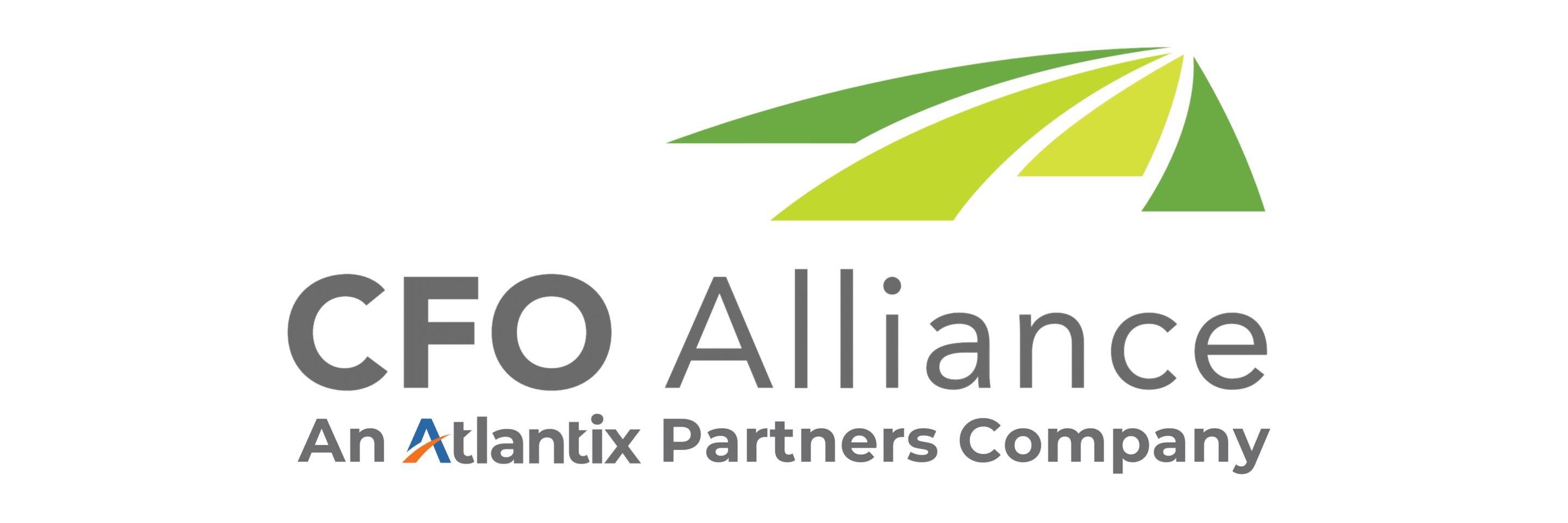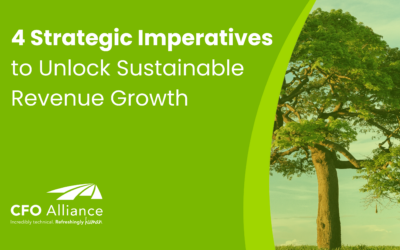Overcoming Your Talent Shortage
With an Agile Workforce Strategy
Make it easier for employees
- Agile Workforce Strategy Is the Name of the Game
- Direct Hire, Gig Worker, or Outsource: Choose the best one for your business.
More job openings than workers to fill them. Disrupted business patterns. Flexible work expectations. Even before the pandemic, companies were dealing with all of these stressors as they explored ways to attract better, more engaged talent. They were evaluating workforce experiences, examining employee wellbeing and culture, and implementing digital strategies to find and hire the best of the best.
Then COVID happened. Work was immediately redefined in terms of what was essential or not, employees were isolated from colleagues as they struggled to learn Zoom, and employers had to rethink an entire year’s strategy in a matter of months.
Recipe for a talent shortage? Heck, yeah.
Now, halfway through 2021, that shortage has reached critical mass, resulting in:
- Snowballing costs
- Unfilled roles
- Lost productivity
- Recruiting and hiring strains
According to Manpower Group, the talent squeeze has reached a 15-year high, with seven out of ten employers struggling to find and hire the right people.
There are plenty of recommendations about how to address this problem, but they all boil down to this: you’re going to have to get creative.
Agile Workforce Strategy Is the Name of the Game
It’s an employee’s market right now. Entry-level jobs are the hardest to fill, but workers at every level are looking for things like higher pay, more flexibility, remote work options, child-care assistance, and better benefits.
Employers, on the other hand, struggle to find the right blend of technical skills and personal strengths, especially for full-time, in-person roles.
These forces have combined to create an urgent need for a flexible, agile, and highly strategic talent strategy. That might include:
- Increased reliance on digital technology to boost productivity and fill gaps
- Redefining work in terms of flexibility and resource deployment
- Alternative sourcing models for skilled talent

That last point is turning out to be a top-of-mind strategy for CEOs this year. Three-quarters of company leaders say they plan to prioritize workforce agility and more than half plan to shift some of their roles to non-permanent talent like contingent workers, outsourced teams, and project-based work.
So, what does that mean for you?
It means that the best solution for your talent gap may not be a direct hire. Instead, it might mean leveraging gig workers, building your internal team strategically, and outsourcing skilled roles.
But how do you know which solution is the right one for any given role?
Direct Hire, Gig Worker or Outsource: What Are Your Options?
A truly agile workforce strategy should have the flexibility to deploy a variety of talent streams when and where they are most beneficial. Let’s take a look at some pros and cons to help you make that call.
1 – Direct Hires
Full-time workers had to evolve quickly during the pandemic, adjusting to remote work environments and new technologies on the fly. That has become par for the course now, and many of those workers are looking for permanently flexible arrangements like job sharing and remote work options. If you’re looking to attract skilled talent to permanent roles, rethinking how the work environment functions is a good place to start.
Pros of Direct Hire
Direct hires are the best fit for the core competencies of your business. Full-time, permanent employees who have a vested interest in your company will give you the best ROI in these areas and serve your customers and clients most effectively.
Cons of Direct Hire
The primary drawback of direct hiring in 2021 is simply the shortage of skilled talent. There aren’t enough people available to fill the 10.1 million open roles on the table. One way to solve this problem is to outsource your recruitment function to a specialty firm that can access a broader range of talent (more on outsourcing in a moment).
2 – Gig Workers
More than half of C-level leaders say they plan to shift some of their roles to contingent or freelance workers, also known as gig workers. This is partially due to the dearth of full-time workers available to fill roles, and partly due to an overall shift toward more flexible workforce solutions. The gig economy is growing at an astronomical rate, with many workers ditching their regular 9-5 job for the freedom and independence of the gig economy. Gig workers can be found on platforms like Upwork and LinkedIn, where companies can compare skills, experience, and rates easily.
Pros of Gig Workers
Gig workers are highly skilled independent workers. They are excellent choices for skilled work like software development, IT, accounting and finance, graphic design, and copywriting, as well as for volume hires like delivery drivers. Leveraging the gig economy gives you the opportunity to ramp up and scale back parts of your business as needed so you can invest resources where the urgency is greatest. This has always been the case for contingent workers (seasonal hires are a great example), but it’s even more critical when rapid agility can make the difference between shutting your doors or keeping them open.
Cons of Gig Workers
Recently, we’ve seen a trend toward less dependability among gig workers. As more companies begin to rely on them and demand for their work surges, they may be more likely to jump from gig to gig in search of higher pay. In addition, there has been a trend among full-time remote employees to moonlight as gig workers while also maintaining a full-time job. Usually, this results in poor performance at both jobs. With few ties to any one employer, gig workers may tend to over-promise and under-deliver. This isn’t always the case, however, so take the time to fully vet your gig workers and consider a trial period before you rely on them too heavily.
3 – Outsourcing
Outsourcing is a great solution for highly skilled roles that don’t comprise the core of your business. You get the skills and knowledge you need when you need them, and you don’t have to worry about the cost and effort of building an internal team one role at a time.
Pros of Outsourcing
Like contingent work, outsourcing allows you to scale up your workforce quickly and at significant cost savings as compared with direct hires. The difference, however, is that outsourcing gives you immediate access to highly skilled expertise. Outsourcing is usually best for skilled business functions like finance, HR, IT, recruitment, and marketing.
Cons of Outsourcing
The greatest drawback of outsourcing is that you no longer have exclusive control over that business function. Still, the best outsourcing firms will work alongside you as a partner so that you remain confident in all decisions and processes. It’s essential that you vet the outsourcing provider carefully to make sure they will put your best interests first.
If there has ever been a time for workforce agility and talent strategy transformation, that time is now.
At CFO Alliance, we help you overcome talent shortages in your finance department by delivering the skilled expertise you need and serving as an extension of your executive team. Whether you need to fix a single process, gain the financial insight and vision of a CFO, or manage an acquisition, we meet that need with experienced, dedicated leadership – no recruiting, training, or risk of a bad hire necessary.
Contact us today to find out how we can transform your finance function!
Related Articles
The Competitive Edge: How Founders Can Cultivate Growth-Minded Teams
The Competitive Edge: How Founders Can Cultivate Growth-Minded TeamsEntrepreneurs know what it means to persist in the...
4 Strategic Imperatives to Unlock Sustainable Revenue Growth
4 Strategic Imperatives to Unlock Sustainable Revenue GrowthCreating long-term, sustainable revenue growth takes more...
Future-Proof Your Workforce with a Modern Talent Agenda
Future-Proof Your Workforce with a Modern Talent AgendaWhat does the future of talent look like? It’s a fair question,...
The Competitive Edge: How Founders Can Cultivate Growth-Minded Teams
The Competitive Edge: How Founders Can Cultivate Growth-Minded TeamsEntrepreneurs know what it means to persist in the...
4 Strategic Imperatives to Unlock Sustainable Revenue Growth
4 Strategic Imperatives to Unlock Sustainable Revenue GrowthCreating long-term, sustainable revenue growth takes more...
Future-Proof Your Workforce with a Modern Talent Agenda
Future-Proof Your Workforce with a Modern Talent AgendaWhat does the future of talent look like? It’s a fair question,...




